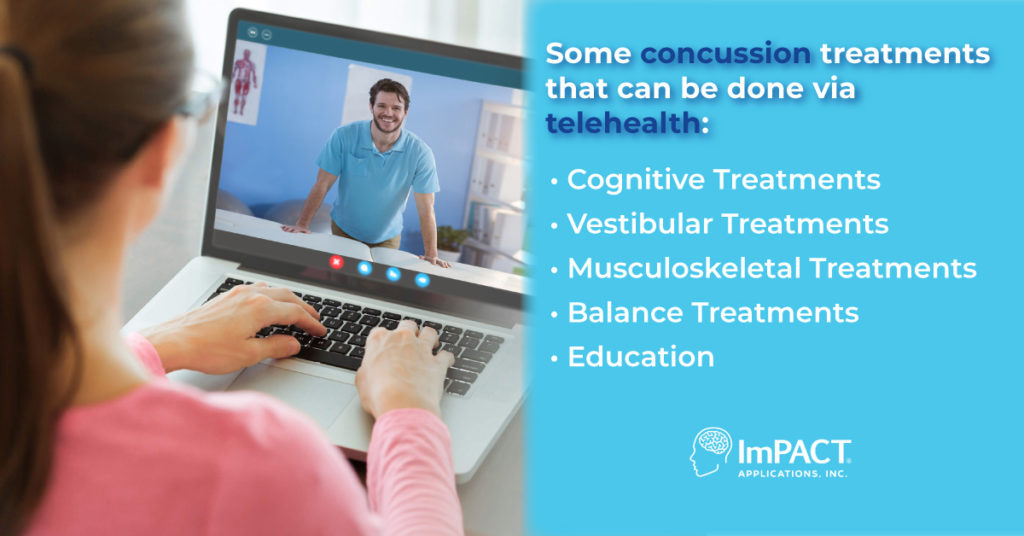Use of Telehealth in
Concussion Rehab Guide
What are the benefits to using telehealth for concussion rehab?
The biggest benefit of telehealth for concussion rehab is that patients have increased access to care. They experience less triggers which provides the opportunity for more frequent sessions. They also save time by not having to drive to appointments, especially for patients who live far away from the clinic. This gives them more time to do the things that bring them joy. They also get to reserve energy and stamina so they’re not as exhausted after appointments.
Depending on the patient’s situation and ability to get to the clinic, a hybrid approach may be beneficial. In this case, you can plan to use in-clinic sessions to do manual techniques and balance training, and use telehealth sessions for cognition, strength, range of motion (ROM), flexibility, and education.
